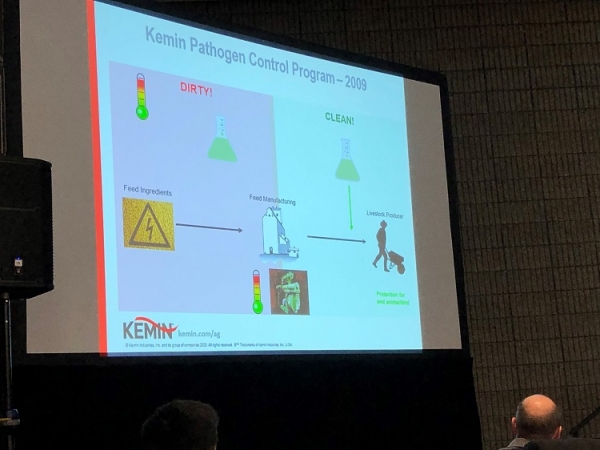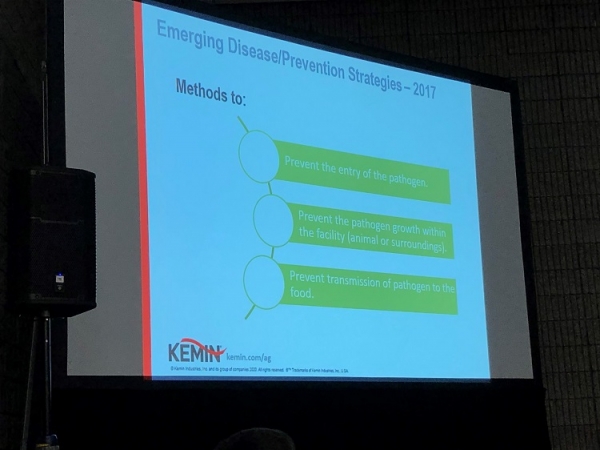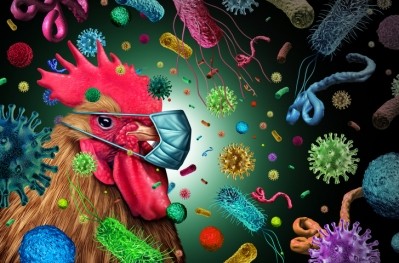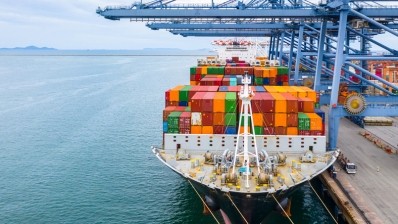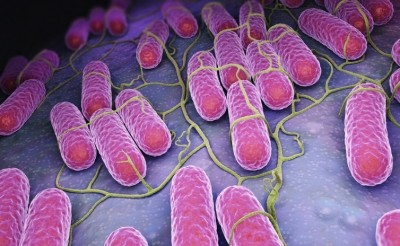special edition: Reports from IPPE
Biosecurity should be top of mind for feed facilities, IPPE delegates told
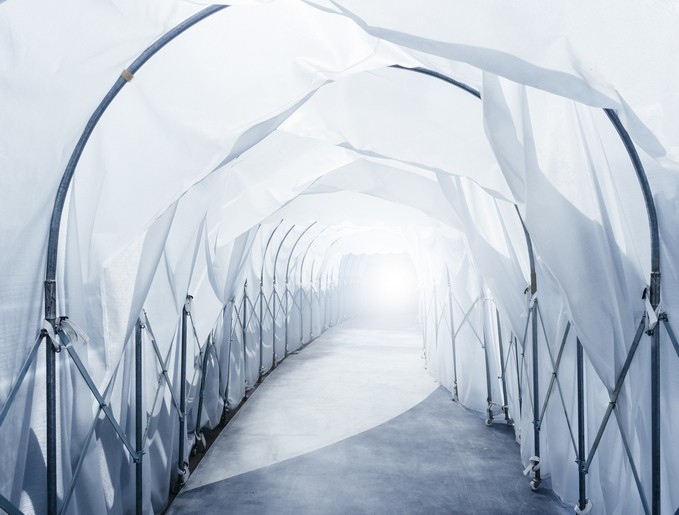
Mark Bienhoff, pathogen control team leader at Kemin Animal Nutrition and Health was among the researchers and veterinarians who presented about the need for increased biosecurity in the face of foreign animal disease during an educational program hosted by the American Feed Industry Association (AFIA) at the International Production and Processing Expo (IPPE) in Atlanta, Georgia.
The feed and animal production industry will need to adapt to the threat of emerging diseases, said Bienhoff. And it should not fear governmental regulation, legislation or intervention in this area.
“We sit there and say we don’t want the government involved, right?” he said during his presentation. “But wait a minute, the government got involved [with the auto industry] and they built safer roads, they said we’re going to have regulation of the industry and today I would not drive my car if those [safety elements] were not in place – the whole idea of safety has changed, and it’s changed through regulation.”
“If you’ve ever lost your livelihood to a disease, you’re going to think a lot more about prevention,” he told us.
The industry needs federal funding for disease and disease prevention research, he said.
“We’re going to need government intervention and that’s counter-intuitive to the pork industry – we don’t want to be legislated but we need the resources,” he said.
The response needs to be a partnership that incorporates several sectors including producers, industry members, academics and the government, he stressed.
As the understanding of the need for biosecurity in feed mills and animal production facilities has evolved, in conjunction with recent outbreaks of animal disease, it has highlighted the need for industry members to work with the government in this area, said Bienhoff.
“We’re going to need the government, we’re going to need these programs,” he said. “We are going to need the indemnity if something happens.”
Lessons from previous disease outbreaks
Animal production industries have faced several wide-spread disease outbreaks in recent years, said Bienhoff.
The US swine industry lost about 7m pigs during the outbreak of the Porcine Epidemic Diarrhea Virus (PEDV) in 2013-14, he said. While the poultry industry saw about 50m birds die during the outbreak of highly pathogenic avian influenza (HPAI) in 2014 and 2015.
“We have to learn from these things,” he said.
The poultry industry has known for 25 years that salmonella can be present and transmitted through feed, he said. But more needs to be done with that information.
The understanding now is that PEDV and other diseases can be present and spread through contaminated feed, Bienhoff said. “One must address and control feed ingredients.”
With the ongoing risk of African Swine Fever, some countries like Canada, have started to take specific steps to address the disease, he said. “They’re not bringing in anything from overseas, right – they put their foot down – now they’re a smaller country than us [but] I admire what they’re doing.”
However, the need for improved biosecurity goes beyond concerns regarding a specific disease, he said. Almost 70% of the new human diseases that have emerged in recent decades have started in animals.
“That’s the breeding ground of a lot of our disease pathogens,” he said. “We cannot deal with animal health, human health and ecosystem health without putting this together.”
“This is the one health type thing you’re going to start hearing more about,” said Bienhoff. “What happens to the animals can happen to us – that’s important to us as I’m going to feed the world and I don’t want to transmit that.”
Steps toward biosecurity
To help improve the biosecurity at a feed mill or livestock production facility a program is needed, said Bienhoff.
“We don’t know what’s in front of us, we’ve concentrated livestock and poultry like we never have before,” he said. “In Iowa, we know that if something gets in there we know what happened with PEDV, with some of those [diseases] how it can move around fast and quick, but what worries me more is if that something is something that can infect you and me – so that’s the thing I want us to work on.”
Initial steps are to start thinking about how to keep everything clean and to establish a line of demarcation at a facility, he said. A line of demarcation indicates that everything on one side may be dirty but that everything on the other is clean.
“I want you to go home and know where you’re going to draw those lines – what’s going to be dirty and what’s going to be clean if you remember nothing else remember that,” Bienhoff said during his talk. “You’ve got to be able to go into those mills and say, ‘This is dirty. This is clean.’ and ‘how are we going to keep them separate?’”
The consideration is first to keep disease out, but if it is present, then to lower it as far as possible, he said. “Everyone of you should be saying – what is my biggest risk point?”
In addition, producers are going to need to determine what needs to be measured and start doing so, he said. “We look at assessment, identification, what the remediations are and then monitoring later on because if you do something, and you don’t know if it’s helping or not, you don’t really know if you’re doing something well.”
